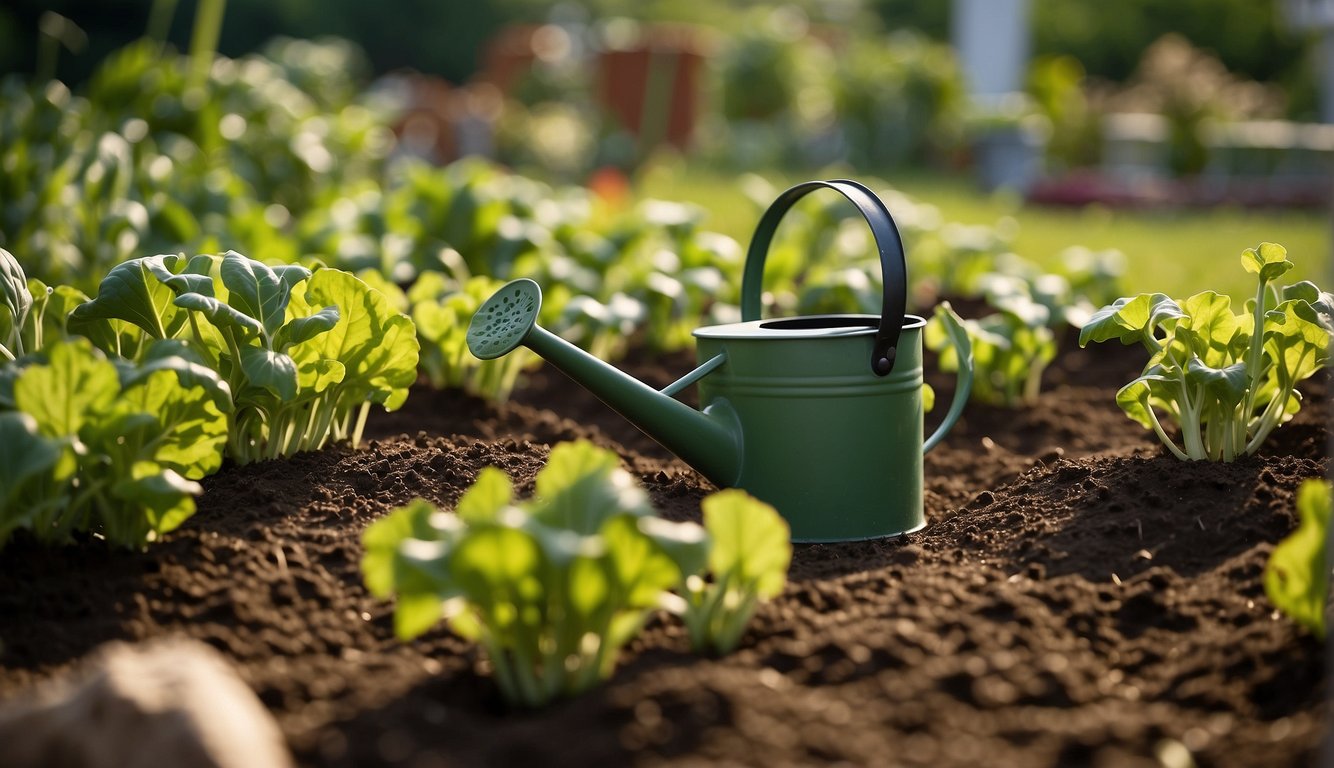TheHerbProf.com is a treasure trove of knowledge for those interested in natural healing and herbal remedies. The website is run by Paul Johnston MD. A naturopathic who has not only received extensive education in the field but also has personal experience in self-healing.
As a gardening enthusiast, I know how exciting it is to start your own vegetable garden. However, for beginner gardeners, the task of choosing which vegetables to grow can be overwhelming. So what are good first time vegetables to grow?
With so many options available, it’s hard to know where to start. That’s why I’ve compiled a list of good first-time vegetables to grow that are easy to care for and yield a bountiful harvest.
When selecting vegetables for your garden, it’s important to choose ones that are easy to grow and maintain.
Some vegetables require more attention and care than others, which can be challenging for beginner gardeners.
The good news is that there are plenty of vegetables that are low maintenance and perfect for first-time gardeners.
These vegetables are not only easy to grow but also offer a great return on investment.
Whether you have a small balcony or a large backyard, starting a vegetable garden is a great way to get outside and enjoy the fresh air.
Not only is it a rewarding experience, but it’s also a great way to save money on produce and eat healthier.
With the right vegetables and a little bit of effort, you can have a thriving garden in no time.
Choosing the Right Vegetables – Good First Time Vegetables to Grow?
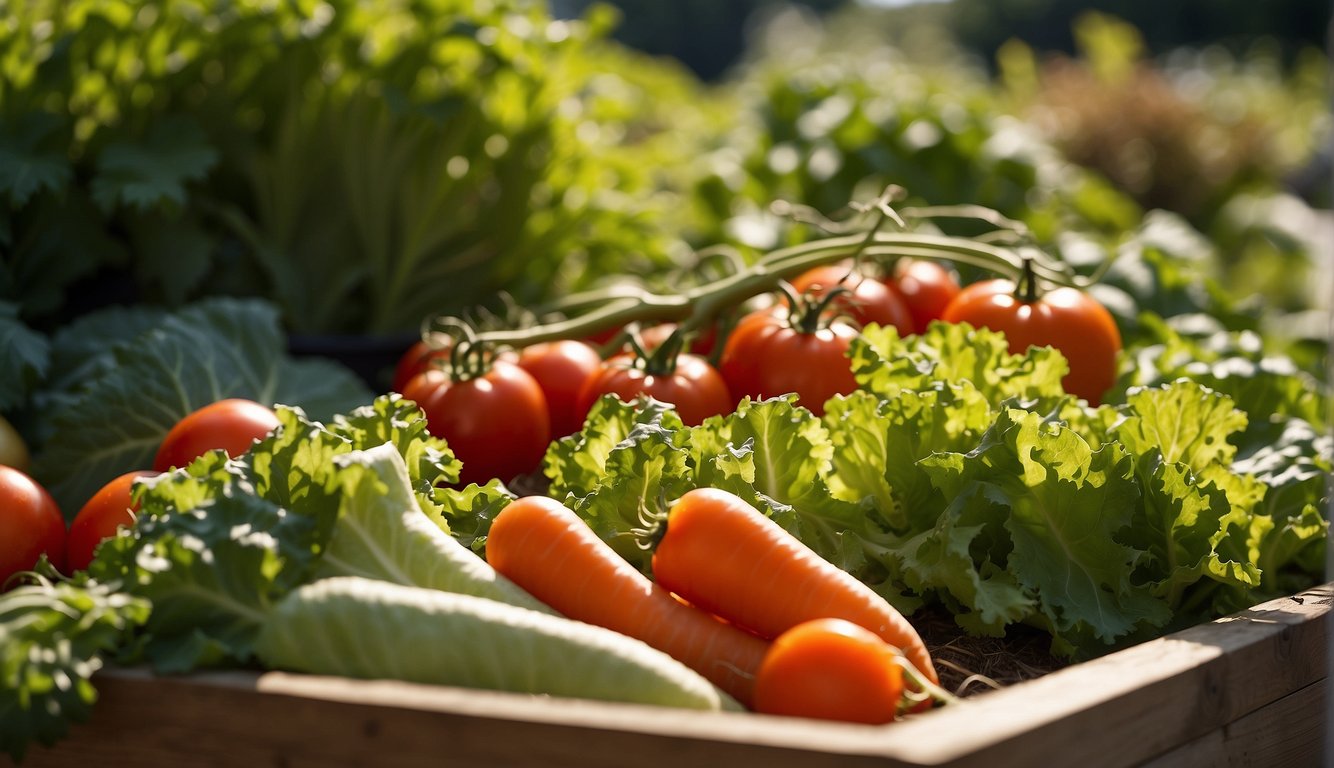
As a beginner, selecting the right vegetables to grow can be challenging. However, with a little guidance, you can easily choose the best vegetables for your garden. Here are some factors to consider when selecting vegetables for your garden.
Assessing Your Space
Before selecting vegetables, it’s important to assess the available space.
If you have a small space, consider growing vegetables that don’t take up much space.
Vegetables such as radishes, lettuce, and spinach can be grown in small spaces.
If you have a backyard garden, you can grow vegetables that require more space, such as tomatoes, cucumbers, and squash.
Understanding Your Climate
Different vegetables thrive in different climates.
It’s important to understand your climate before selecting vegetables.
Some vegetables require direct sunlight, while others thrive in shade.
If you live in a hot and dry climate, you can grow vegetables such as peppers, tomatoes, and eggplants.
If you live in a cooler climate, you can grow vegetables such as broccoli, cauliflower, and cabbage.
Selecting Vegetables Based on Hardiness
Vegetables have different hardiness zones, which determine their ability to survive in different climates.
It’s important to select vegetables that are suitable for your hardiness zone.
For example, if you live in a hardiness zone of 4, you can grow vegetables such as beets, carrots, and spinach.
If you live in a hardiness zone of 8, you can grow vegetables such as tomatoes, peppers, and eggplants.
Preparing Your Garden – Good First Time Vegetables to Grow?
As a beginner, it’s important to prepare your garden properly to ensure your plants have the best chance of thriving. Here are some tips on how to get started.
Soil Preparation – Good First Time Vegetables to Grow?
Preparing the soil is the first step in creating a successful vegetable garden.
Choose a location that gets at least 6 hours of sunlight per day.
If you’re planting directly in the ground, loosen the soil to a depth of at least 12 inches and mix in compost or other organic matter to improve soil fertility and drainage.
If you have heavy clay soil, consider adding sand or perlite to improve drainage.
Garden Bed Options
Raised beds are a popular option for vegetable gardening, especially for beginners.
They allow you to control the soil quality and drainage, and make it easier to manage weeds and pests.
If you’re using a raised bed, fill it with a well-draining soil mix that includes compost and other organic matter. A 4′ x 4′ or 4′ x 8′ bed is a good size for beginners.
Planting Containers
If you don’t have space for a traditional garden, consider growing vegetables in containers.
Choose a container that is at least 12 inches deep and has drainage holes.
Fill the container with a well-draining soil mix that includes compost and other organic matter.
You can grow a variety of vegetables in containers, including tomatoes, peppers, and herbs.
Starting with Easy-to-Grow Vegetables – Good First Time Vegetables to Grow?
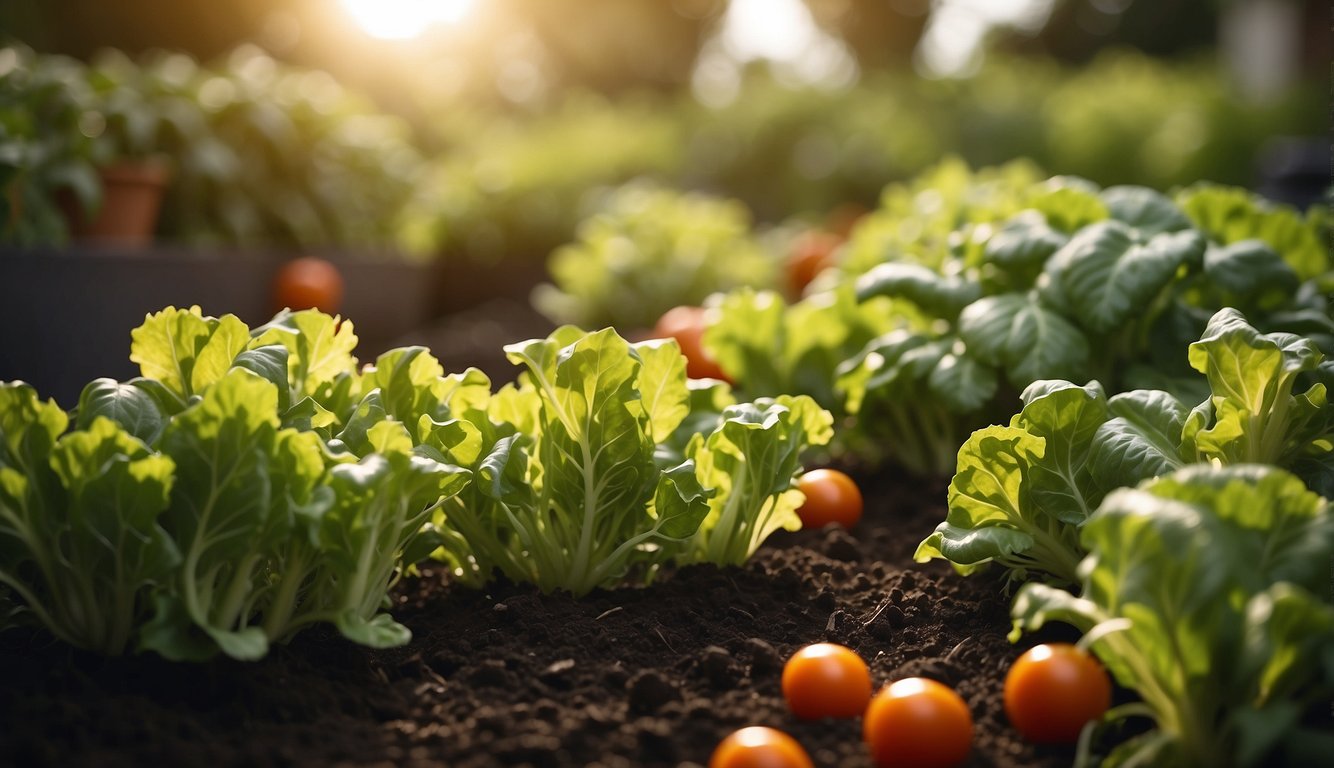
As a first-time gardener, it’s important to start with easy-to-grow vegetables that are low-maintenance and forgiving. This will ensure that you have a bountiful harvest and a positive experience.
In this section, I will cover some of the best easy-to-grow vegetables that are perfect for beginners.
Leafy Greens
Leafy greens are a great place to start for first-time gardeners.
They are easy to grow and can be harvested continuously throughout the growing season.
Some popular leafy greens that are easy to grow include lettuce, spinach, and kale.
These vegetables are perfect for growing in containers or in small garden beds.
Root Vegetables – Good First Time Vegetables to Grow?
Root vegetables are another great option for first-time gardeners.
They are easy to grow and can be harvested in the fall.
Some popular root vegetables that are easy to grow include radishes and carrots.
These vegetables are perfect for growing in containers or in small garden beds.
Legumes
Legumes are a great option for first-time gardeners because they are easy to grow and can be harvested continuously throughout the growing season.
Some popular legumes that are easy to grow include green beans and peas.
These vegetables are perfect for growing in containers or in small garden beds.
Versatile Vegetables
Finally, there are some versatile vegetables that are perfect for first-time gardeners.
These vegetables are easy to grow and can be used in a variety of different dishes.
Some popular versatile vegetables that are easy to grow include cucumbers, zucchini, tomatoes, and peppers.
These vegetables are perfect for growing in containers or in small garden beds.
Planting and Maintenance – Good First Time Vegetables to Grow?
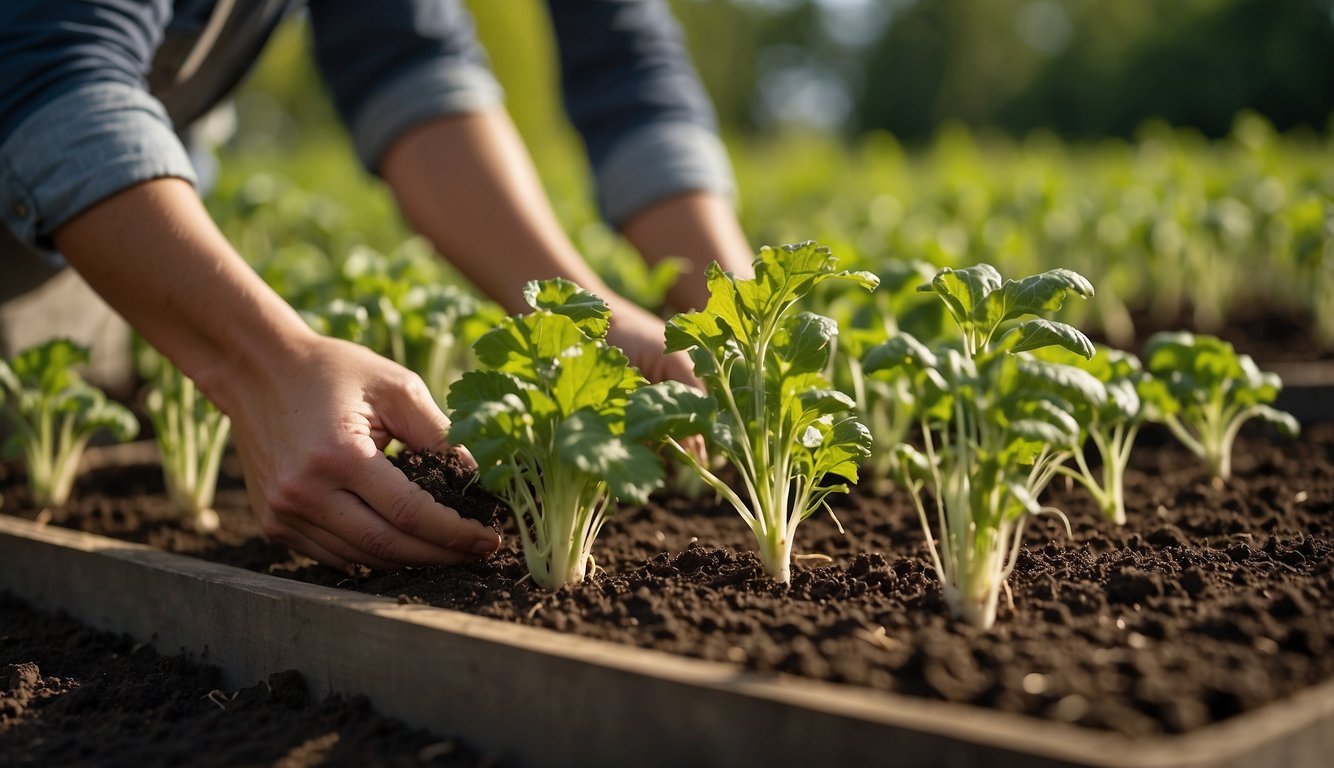
As a beginner gardener, it’s important to understand the basics of planting and maintaining your vegetable garden. Here are some key factors to consider:
Sowing Seeds
When sowing seeds, make sure to follow the instructions on the seed packet for the best results.
Some seeds need to be started indoors while others can be directly sown into the ground.
It’s important to keep the soil moist during the germination process, but avoid overwatering as it can lead to rotting.
Once the seedlings have sprouted, thin them out to give each plant enough space to grow.
Watering and Feeding
Vegetables need consistent moisture to thrive, so make sure to water them regularly.
Aim to water deeply once or twice a week rather than watering lightly every day.
This will encourage the roots to grow deeper and make the plants more resilient.
In addition to watering, you should also provide your plants with nutrients.
You can do this by adding compost or fertilizer to the soil before planting or by using a liquid fertilizer throughout the growing season.
Support and Pruning – Good First Time Vegetables to Grow?
Some vegetables, like tomatoes and cucumbers, need support as they grow.
You can provide this by using cages, stakes, or trellises. This will help keep the plants upright and prevent them from sprawling on the ground.
Additionally, some plants benefit from pruning.
This involves removing some of the leaves or stems to encourage the plant to put more energy into fruit production.
Be sure to research which plants benefit from pruning before you start cutting.
Dealing with Pests
Unfortunately, pests like flea beetles and aphids can wreak havoc on your vegetable garden.
One way to combat these pests is by using companion planting.
This involves planting certain plants together that can help repel pests or attract beneficial insects.
Another option is to use a natural pesticide like Bacillus thuringiensis (Bt).
This is a bacteria that is harmless to humans but deadly to many pests. Be sure to follow the instructions carefully when using any pesticide.
Harvesting Your Vegetables – Good First Time Vegetables to Grow?
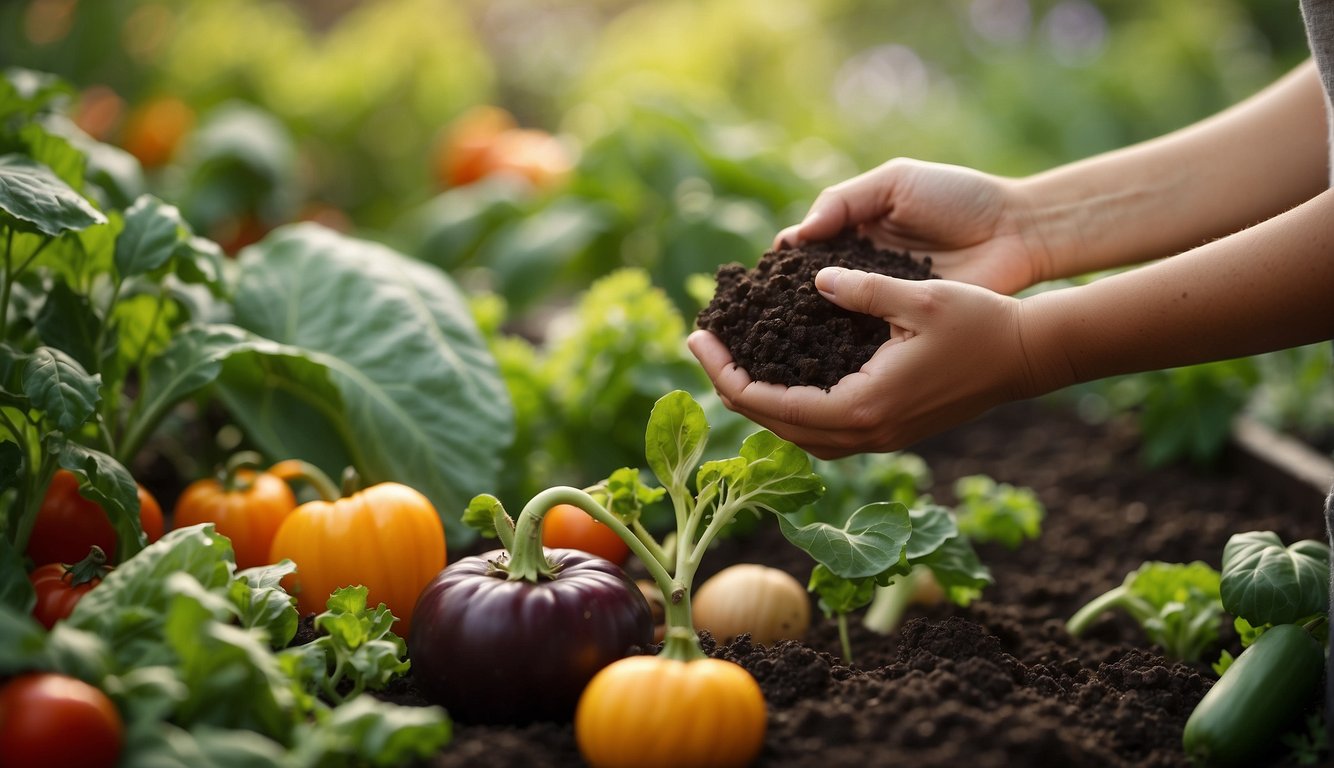
As a beginner gardener, harvesting your vegetables can be one of the most exciting parts of the growing process. However, it’s important to know when your vegetables are ready to be harvested to ensure they are at their peak flavor and nutrition. Here are some tips to help you recognize when your vegetables are ready to be harvested.
Recognizing Maturity – Good First Time Vegetables to Grow?
Different vegetables have different signs of maturity.
For example, root vegetables like carrots and beets are mature when the tops are about 2 inches in diameter.
Bush varieties of snap peas and snow peas are ready to harvest when the pods are plump and firm to the touch.
It’s important to check the days to maturity for each vegetable you are growing and keep track of when you planted them so you can be prepared for harvest time.
Harvest Techniques
When harvesting your vegetables, it’s important to use the right techniques to avoid damaging the plant.
For example, when harvesting snap peas and snow peas, use a gentle twisting motion to remove the pods from the plant.
For root vegetables, use a garden fork to gently lift the vegetables out of the soil.
Be sure to handle your vegetables carefully to avoid bruising or damaging them.
Extending Harvests
To extend your harvests, consider succession planting.
This means planting a new crop every few weeks so you have a continuous supply of fresh vegetables throughout the growing season.
Additionally, be sure to keep an eye out for bolting, which is when a plant goes to seed prematurely.
This can happen when temperatures get too hot or when the plant is stressed.
If you notice your plants starting to bolt, harvest them immediately to ensure you get the best flavor and texture.
Beyond the First Season
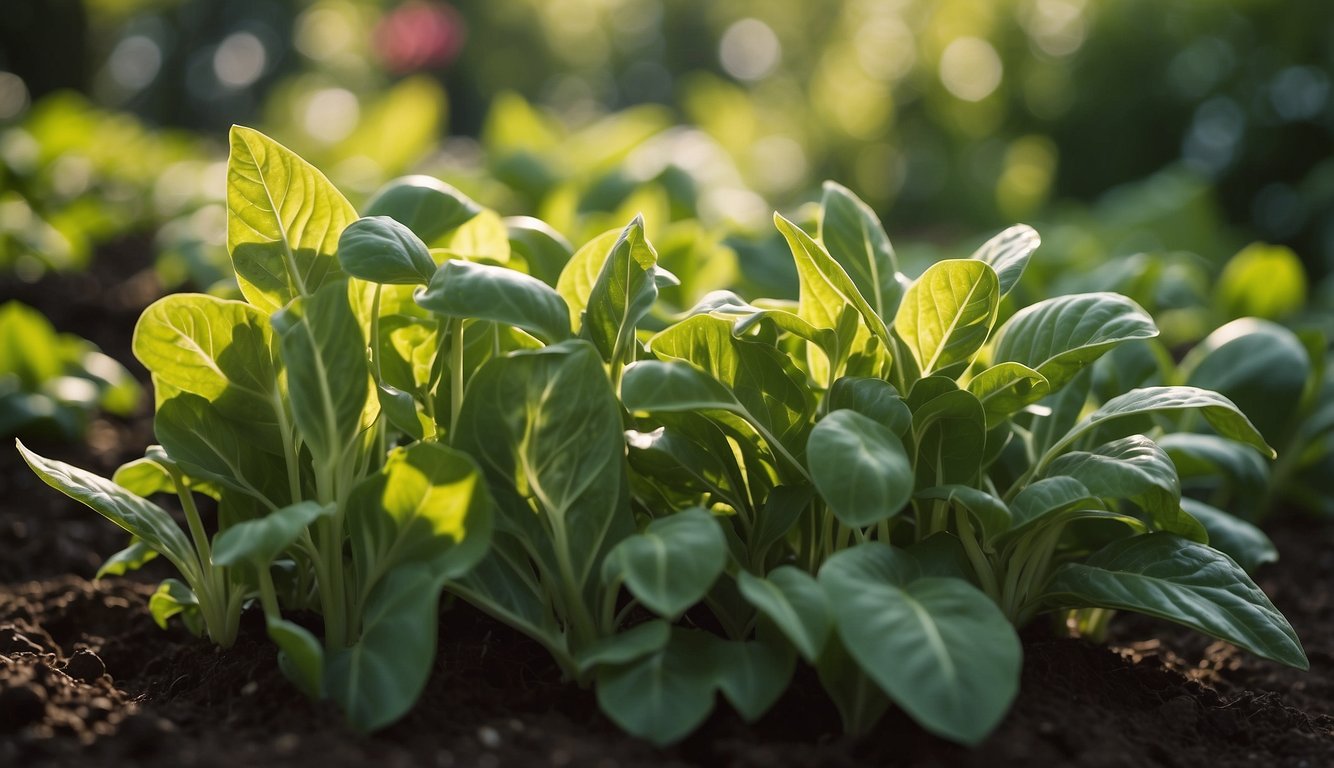
As a beginner gardener, you may have started with some easy-to-grow vegetables like tomatoes, bell peppers, broccoli, swiss chard, beets, summer squash, or cherry tomatoes. Congratulations on your first harvest! But what’s next? How do you keep your garden thriving beyond the first season? Here are some tips:
Crop Rotation
Crop rotation is a simple technique that can help prevent soil-borne diseases, pests, and nutrient depletion. The idea is to avoid planting the same family of vegetables in the same spot for at least three years.
For example, if you grew tomatoes in one bed this year, plant broccoli or cabbage in that bed next year, and then plant beans or peas in that bed the following year. This way, you give the soil a chance to recover and replenish itself, and you reduce the risk of pests and diseases that target specific crops.
Expanding Your Garden
Once you get the hang of growing vegetables, you may want to expand your garden. You can add more raised beds, containers, or even a small greenhouse.
You can also experiment with different gardening techniques like trellising, companion planting, or succession planting. The more you learn, the more options you have to customize your garden to your taste and needs.
Trying New Varieties
One of the joys of gardening is trying new varieties of vegetables. There are so many heirloom, hybrid, and open-pollinated varieties to choose from, each with its own flavor, color, and texture.
You can try growing purple carrots, yellow tomatoes, striped beets, or white eggplants. You can also try growing exotic vegetables like okra, tomatillo, or kohlrabi. The possibilities are endless, and the more you experiment, the more you learn about what grows well in your area and what you like to eat.
Good First Time Vegetables to Grow: A Herbalist’s Perspective
Today, we’re going to dig into a topic that’s as fresh as the vegetables in our gardens – Good First Time Vegetables to Grow.
Now, you might be wondering, what are some good first-time vegetables to grow? Well, it’s simple. Start with radishes, lettuce, and cherry tomatoes. These veggies are easy to grow, quick to harvest, and incredibly rewarding!
But here’s the fun part – growing these vegetables doesn’t just benefit your meals. It also benefits the soil. These plants, with their varying root depths, help to improve soil structure and fertility.
Now, let’s connect this back to our home page, theherbprof.com. Our website is all about celebrating the magic of herbs and exploring the wonderful world of herbalism. And guess what? By understanding the process of growing these beginner-friendly vegetables, you’re contributing to this world in your own unique way.
So, next time you’re tending to your garden, remember to plant some radishes, lettuce, and cherry tomatoes. Not just for their fresh flavors, but also for their benefits to the soil. After all, a happy garden is a garden where all life forms live in harmony.
References – Good First Time Vegetables to Grow?
Little Herb Encyclopedia, by Jack Ritchason; N.D., Woodland Publishing Incorporated, 1995
The Ultimate Healing System, Course Manual, Copyright 1985, Don Lepore
Planetary Herbology, Michael Tierra, C.A., N.D., Lotus Press, 1988
Handbook of Medicinal Herbs, by James A. Duke, Pub. CRP Second Edition 2007
The Complete Medicinal Herbal, by Penelope Ody, Published by Dorling Kindersley
Check the Following Articles!
Propagating Tradescantia: Everything You Need To Know!
How to Grow Coffee? Tips Used By Top Coffeemakers
How Do Potatoes Grow in the Ground?
How to Grow Tomatoes as Perennials?
Frequently Asked Questions – Good First Time Vegetables to Grow?
What are the best vegetables for a beginner to start growing?
As a beginner, it’s best to start with easy-to-grow vegetables that require minimal maintenance and can thrive in different growing conditions.
Some of the best vegetables for a beginner to start growing include tomatoes, zucchini, green beans, lettuce, and radishes. These vegetables are relatively low-maintenance and can produce a bountiful harvest.
Which vegetables can be easily grown in containers for first-time gardeners?
If you’re a first-time gardener with limited space, container gardening is an excellent option.
Some of the easiest vegetables to grow in containers include tomatoes, peppers, lettuce, spinach, and herbs like basil and parsley. These vegetables can be grown in pots on a balcony or patio, making them ideal for small-space gardening.
What are the quickest vegetables to grow for an early harvest?
If you’re looking for a quick harvest, radishes are one of the quickest vegetables to grow, taking as little as 30 days to mature. Other vegetables that can be grown quickly and harvested early include lettuce, spinach, and arugula.
Which vegetables are most suitable for year-round cultivation by novice gardeners?
If you’re interested in year-round cultivation, some vegetables are more suitable for this purpose than others.
Vegetables like kale, spinach, and chard can be grown year-round in mild climates, while root vegetables like carrots and beets can be stored for months after harvest. Additionally, herbs like rosemary, thyme, and oregano can be grown indoors year-round.
What are the top vegetables recommended for a small-space garden?
If you have limited space for gardening, there are still plenty of vegetables you can grow.
Some of the top vegetables recommended for a small-space garden include tomatoes, peppers, lettuce, spinach, and herbs like basil and parsley. These vegetables can be grown in containers or small garden beds, making them ideal for urban gardening.
How should a beginner plan their vegetable garden layout for maximum success?
When planning a vegetable garden layout, it’s important to consider factors like sunlight, soil quality, and spacing.
Vegetables like tomatoes, peppers, and eggplants require full sun, while leafy greens like lettuce and spinach can tolerate partial shade.
Additionally, vegetables should be spaced according to their mature size to prevent overcrowding and ensure healthy growth.
Beginners should start with a small garden and gradually expand as they gain experience and confidence.
